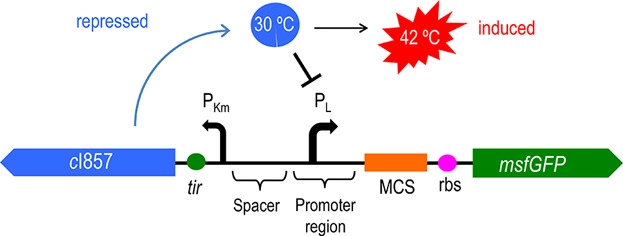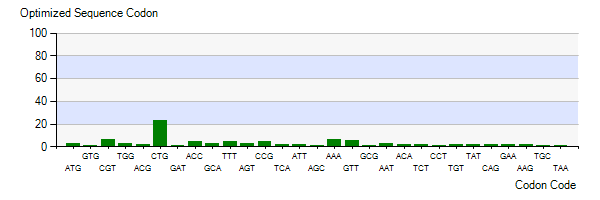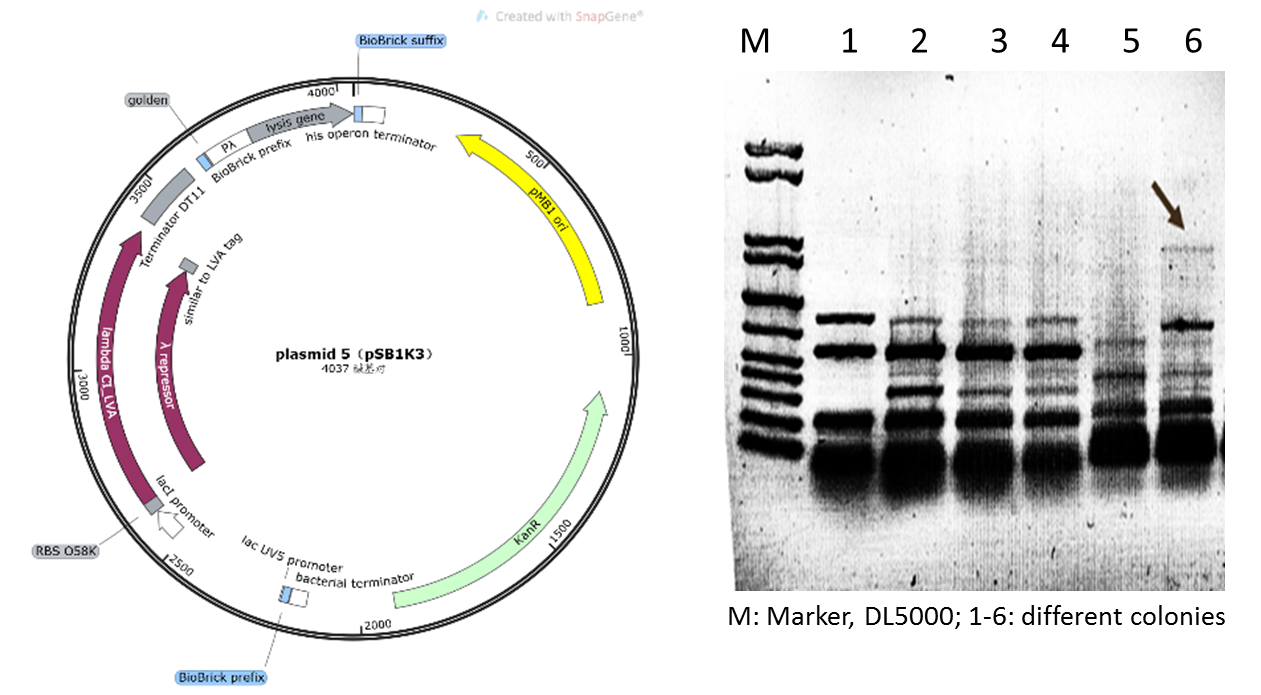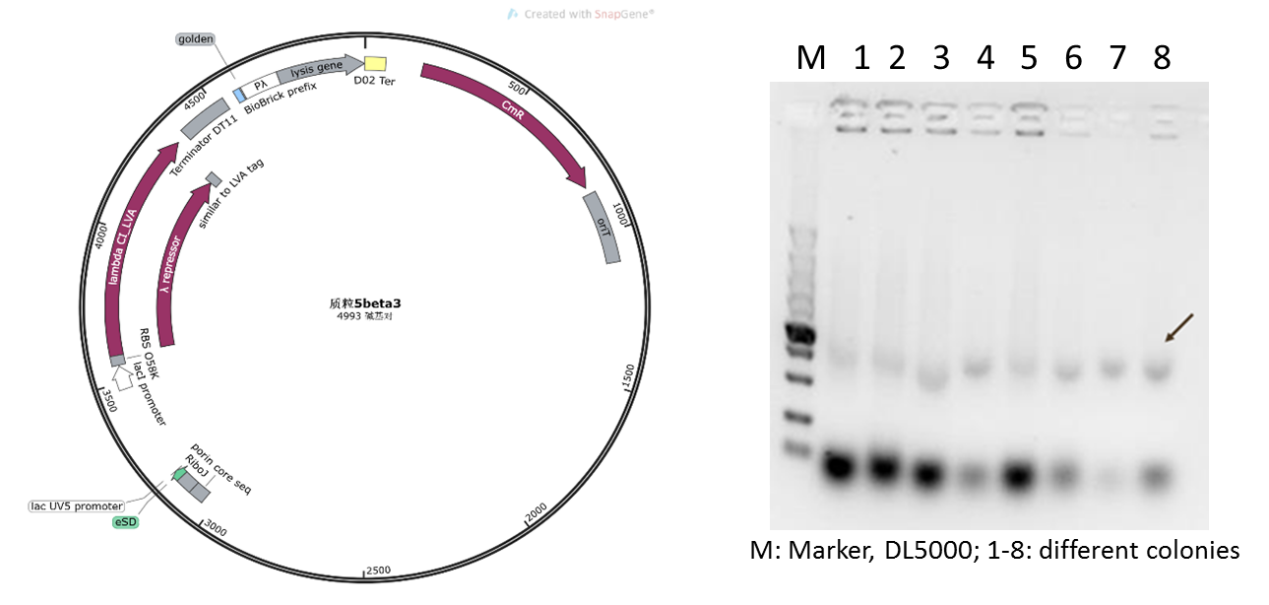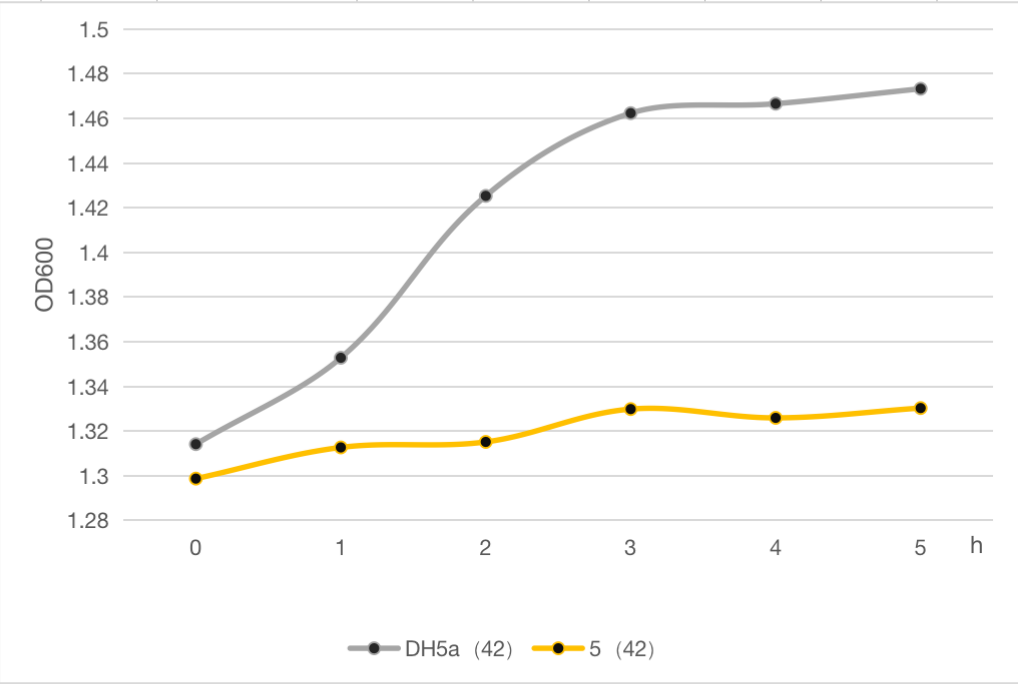Part:BBa_K4182007
Lysis-phi X174
Biosafety is an important consideration when designing engineered bacteria. Our engineered bacteria is expected to work in the soil, so we need to consider whether the product synthesis can be easily controlled and whether there are any potential risks to soil structure, crop growth, the balance of soil microbiota and human health. So a "suicide system" is designed to ensure the biosafety of our engineered bacteria the environment and human.
Bacteria suicide is a common phenomenon in nature, which is a programmed cell death of prokaryotes. A quorum-sensing (QS) based suicide gene circuit has been studied. The quorum sensing system allows cell-cell communication by some auto-inducing signal molecules like AHL. In addition, suicide systems with other regulatory parts can also be designed by synthetic biology. Here, we designed a temperature-responsive suicide system to achieve temperature-controlled lysis process by a novel lysis genes (Gene ID: IF654_RS00240).
MazF has been commonly used for cell suicide in previously work. Here we develop a novel lysis gene (BBa_K4182007) for the design of controlled suicide circuits for engineering efficiency and biosafety reasons, also can be considered as an alternative of suicide protein MazF.
Sequence and Features
- 10COMPATIBLE WITH RFC[10]
- 12COMPATIBLE WITH RFC[12]
- 21COMPATIBLE WITH RFC[21]
- 23COMPATIBLE WITH RFC[23]
- 25COMPATIBLE WITH RFC[25]
- 1000COMPATIBLE WITH RFC[1000]
Profile
Base Pairs
273
Design Notes
The gene was optimized by E. coli codon
Source
Enterobacteria phage KleenX174
Usage&Biology
Source and Principle
Biosafety is an important consideration when designing engineered bacteria, and MazF has been commonly used in previously work. Here we develop a novel lysis gene (Gene ID: IF654_RS00240) for the design of controlled suicide circuits for engineering efficiency and biosafety reasons, also can be considered as an alternative of suicide protein MazF.
Figure 1: The temperature-controlled suicide circuit with a novel lysis gene
Figure 2: The principle of temperature-controlled suicide circuit
Figure 1 and Figure 2 shows the principle of our temperature-controlled suicide circuit. When bacteria grows at a low temperature(30℃), the CI857 protein binds to the Pλ promoter, and downstream lysis gene are unable to be expressed, allowing the cell growth. While at 42℃, the CI protein will be degraded and lead to the expression of lysis gene and eventually cell death and release of the product.
Codon optimization of lysis gene
The lysis gene is from Enterobacteria phage KleenX174. To better express the lysis gene in engineered bacteria, the codon optimization of the lysis gene was conducted according to the codon preference of Escherichia coli. Figure 3 shows the number of codons we optimized to make our codons more in line with Escherichia coli preference. The modified lysis gene is shown in BBa_K4182007.
Figure 3: Codon optimization of lysis gene
Construction and optimization of suicide circuit
Initially, we planned to construct our suicide circuit (Plasmid 5) using vector backbone pSB1K3 by Golden Gate assembly, and we can obtain several clones. However, it was found that after colony PCR verification, only weak target bands could be observed (Figure 4), and the plasmids extracted from the recombinant DH5α cells was at very low concentration, and sequencing could not be completed.
Figure 4: Plasmid 5 map based on pSB1K3 and its verification (he target band is approximately 1600bp)
We supposed that due to the low copy number of pSB1K3 vector, it is difficult to extract sufficient plasmid from the engineered bacteria for further validation. Therefore, we replaced the backbone to pSEVA341, a higher-copy-number vector and re-constructed the plasmid (Figure 5). As shown in Figure 6, the obvious target bands were observed, and the plasmid correctness was further confirmed by sequencing.
Figure 5: the new plasmid 5 with pSEVA341 backbone and its verification
The verification of heat triggered cell lysis and suicide
The engineered cell harboring plasmid 5 and blank vector respectively, were culture at 30℃ overnight, and then the temperature was shift to 42℃. The OD600 of each group was detected every 1 h, and the growth curve of these strains were determined as follows. The results clearly demonstrated the cell growth was significantly inhibited after heat at 42℃ compared to the strain without lysis gene. And about 9% of whole cell population was retained after heat. Compared to the commonly used suicide protein MazF (BBa_K302033), the lysis protein in our study is also efficient but shorter and easy to be manipulated, which can be used as an alternative and update for MazF.
Figure 6: The cell growth of strains with suicide plasmid 5 and blank vector
References
1. Din, M.O., et al., Synchronized cycles of bacterial lysis for in vivo delivery. Nature, 2016. 536(7614): p. 81-85.
2. Saeidi, N., et al., Engineering microbes to sense and eradicate Pseudomonas aeruginosa, a human pathogen. Mol Syst Biol, 2011. 7: p. 521.
3. Restrepo-Pineda, S., et al., Thermoinducible expression system for producing recombinant proteins in Escherichia coli: advances and insights. FEMS Microbiol Rev, 2021. 45(6).
4. Aparicio, T., V. de Lorenzo, and E. Martínez-García, Improved Thermotolerance of Genome-Reduced Pseudomonas putida EM42 Enables Effective Functioning of the PL/cI857 System. Biotechnology Journal, 2019. 14(1): p. 1800483.
| None |


